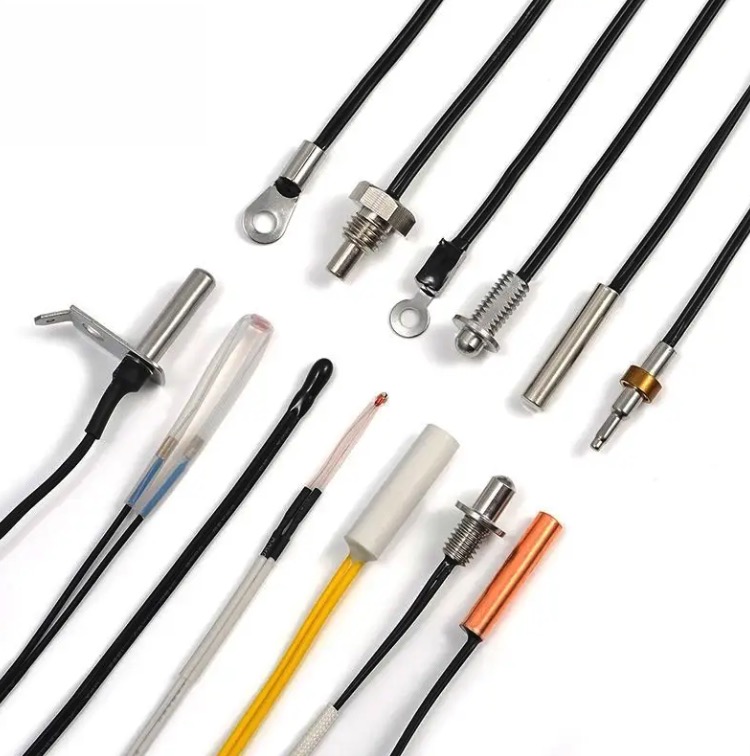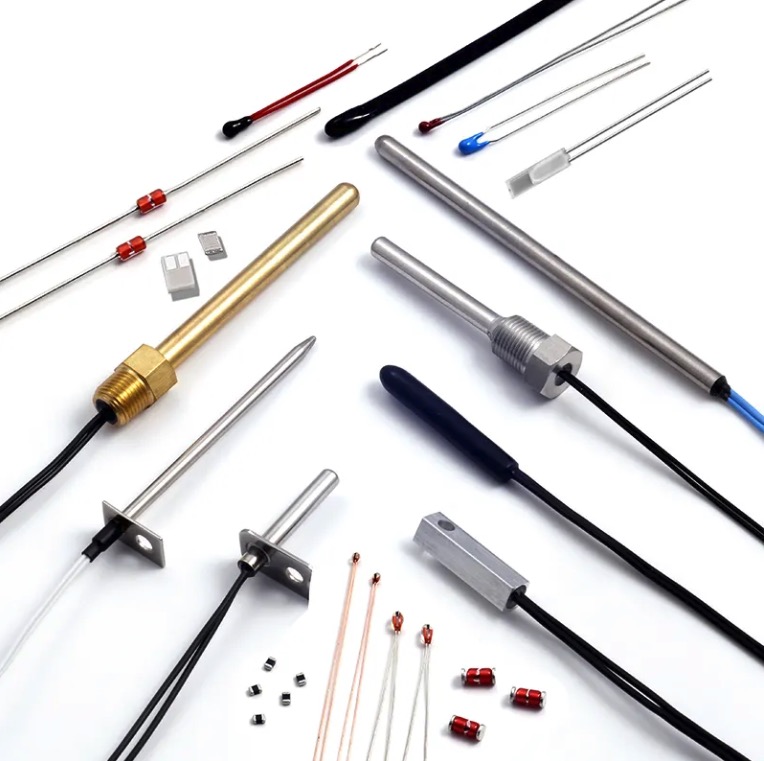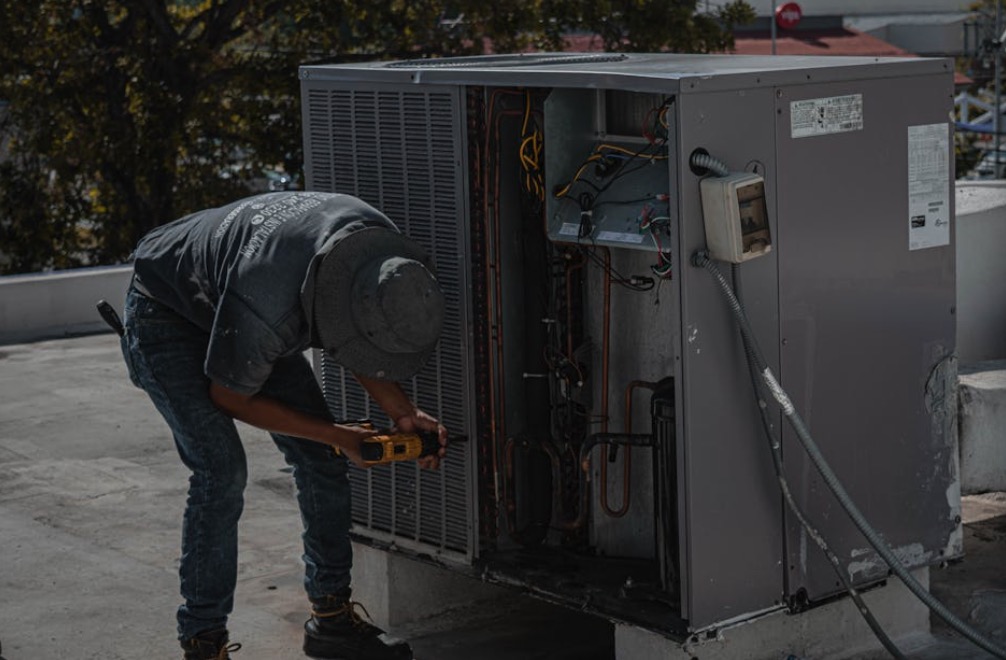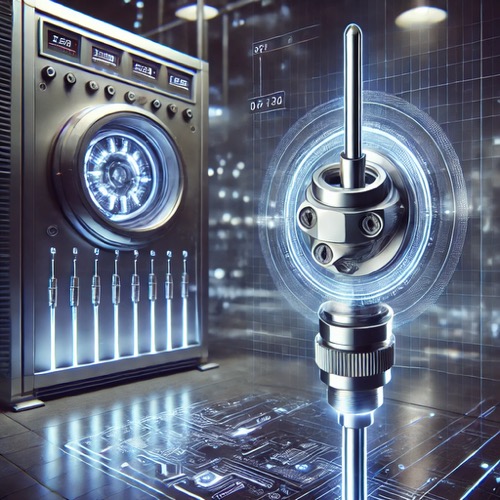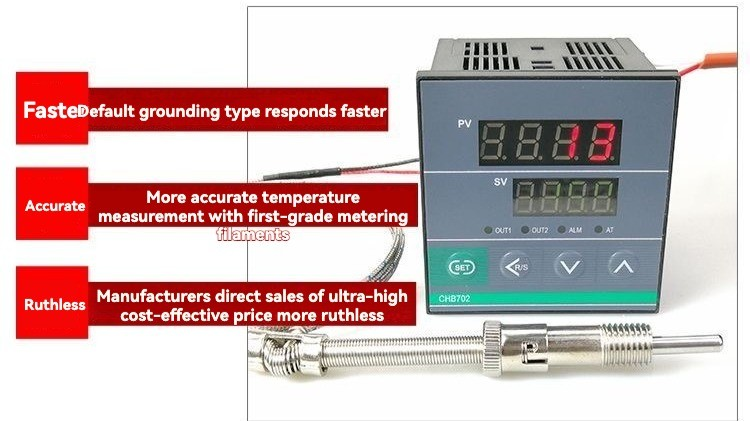Understanding NTC Temperature Sensor Craftsmanship and Reliability in Air Conditioning Systems
In modern HVAC systems, temperature sensors play a critical role in ensuring energy efficiency, performance stability, and user comfort. Among them, NTC (Negative Temperature Coefficient) thermistors are the most widely adopted due to their high sensitivity and cost-effectiveness. This article explores the common types of NTC temperature sensors used in indoor and outdoor air conditioning units, the underlying manufacturing processes, and how to address common failure modes to ensure long-term reliability. 🔧 Common Types of NTC Temperature Sensors In air conditioners, NTC sensors are typically categorized based on their application environment: Indoor Sensors: Operate in relatively stable environments and are

